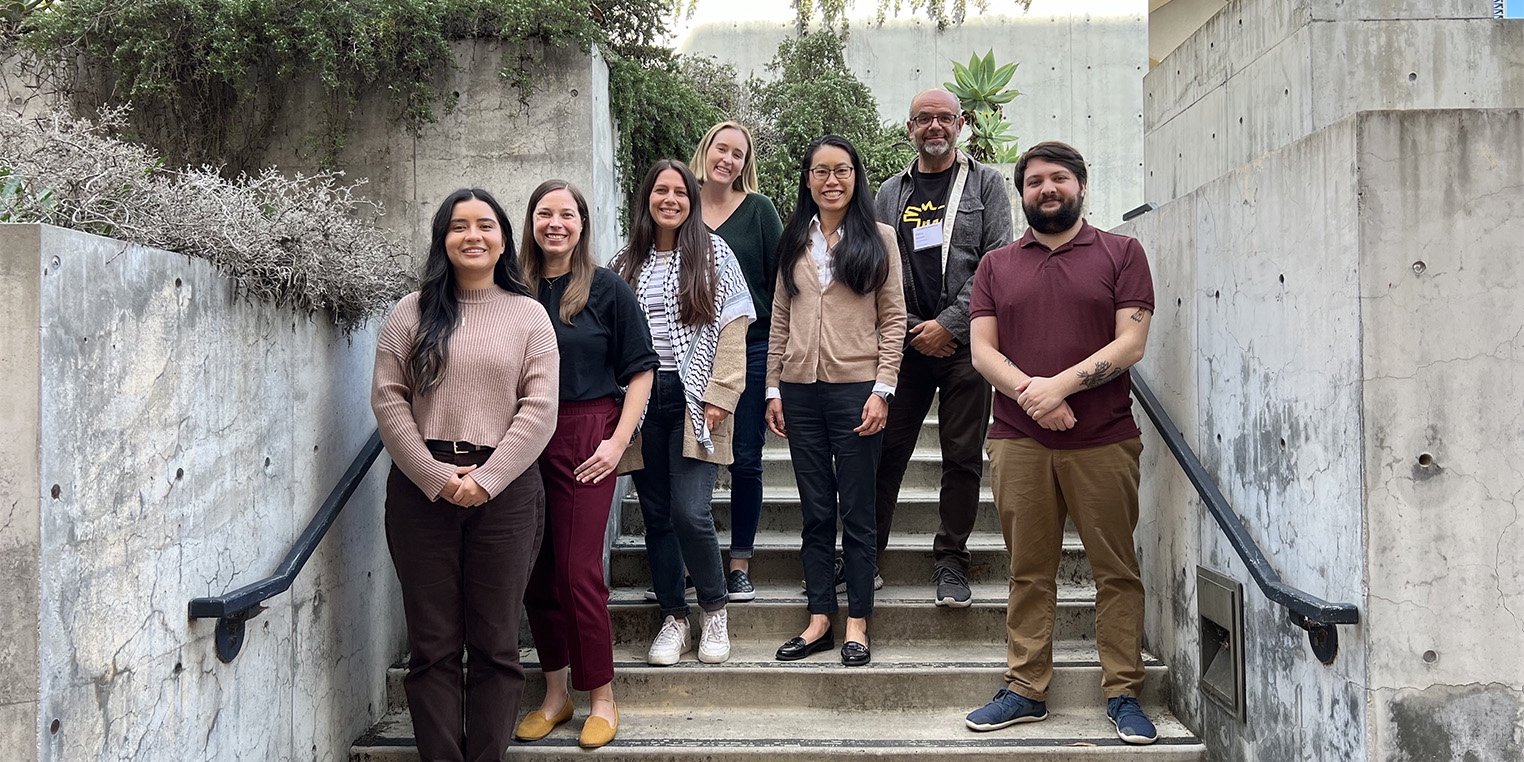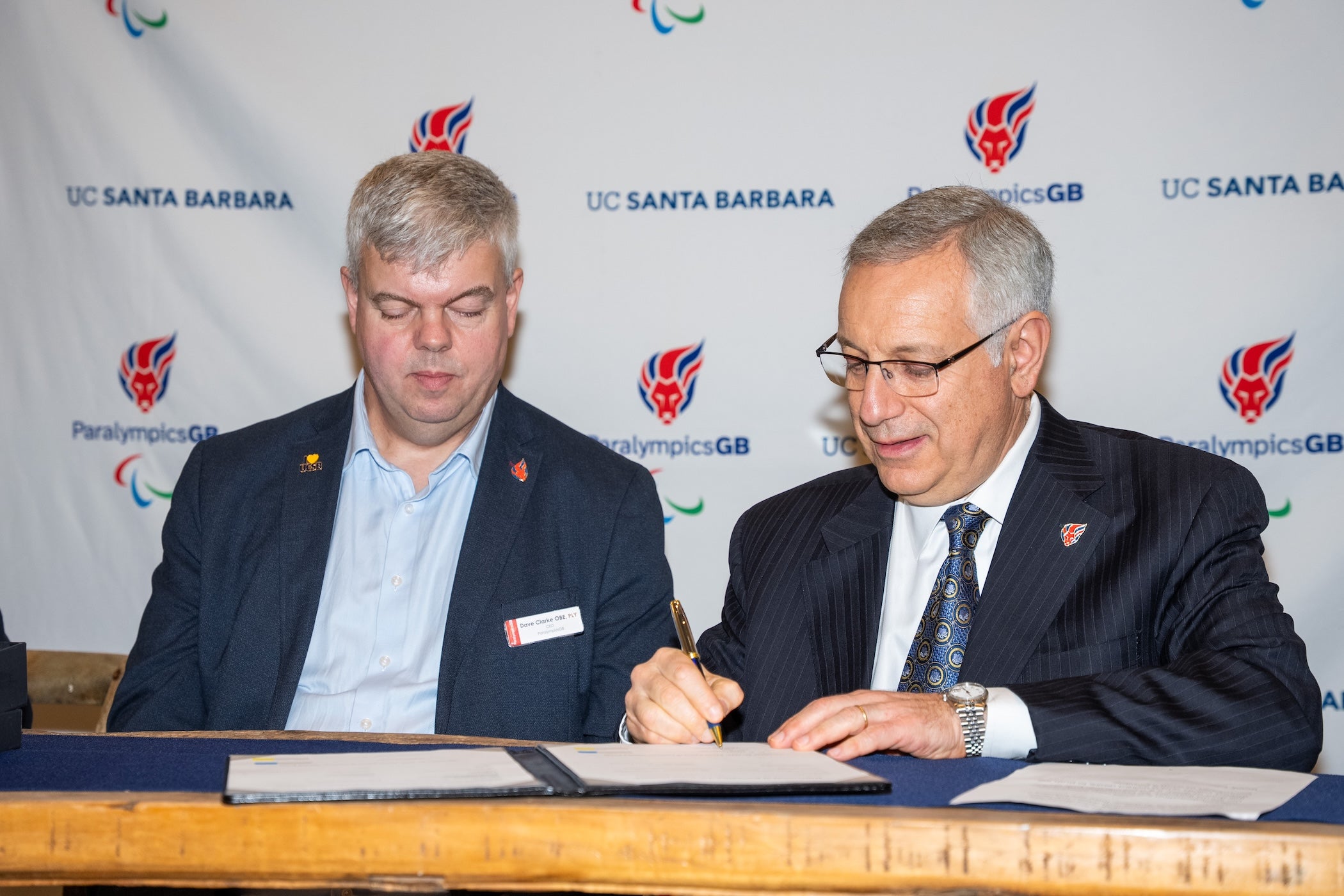Education Abroad Program open house showcases travel-study opportunities around the world

Each year, upward of 1200 UC Santa Barbara students set off around the globe to expand their world view as they accumulate academic credit toward graduation. Such is the appeal of studying tropical botany in Costa Rica, public health in Botswana, monument conservation in Scotland, marine biology in Australia or cutting-edge engineering in Tokyo — just to name a handful of destinations offered by the Education Abroad Program (EAP).
“The Education Abroad Program is really one of the jewels of UCSB,” said EAP's new director, Fabio Rambelli. “There’s a very big interest on campus, and it’s our mission to educate students about how this can be a great part of their education to gain firsthand experience of how the world works beyond Santa Barbara.” In each student cohort at UCSB, nearly 20% study abroad, he added.
“It had always been a dream of mine to study abroad,” said EAP peer advisor Elijah Holton, who took classes for a year at the University of Bologna in Italy, where she earned credits toward a double major in Italian and classics. “I would definitely recommend it. The experience helped me grow. I’ve become a better person.”
While a yearlong stay “really maximizes the immersion experience,” Rambelli said, the program also offers short-term summer stays and quarter- and semester-long academic and internship opportunities. “Internships are very popular, some even come with a stipend or fellowship,” he added.
Also managed by Fabio and his team, the Capital Internship Program (CIP) provides students the opportunity to gain professional experience at the UC Washington Center (UCDC) and UC Center Sacramento (UCCS).
Each year, living in furnished UCDC apartments a few blocks from the White House, upward of 1000 students from across the nine UC campuses spend a term in Washington, D.C. A typical schedule will have students spending four days a week at an internship and one day in class. While internships and coursework in political science are the most popular, greater D.C. is also brimming with learning opportunities related to U.S. history and law, the National Institutes of Health, the private sector and the nation’s largest collection of museums.
In California, the UC Center Sacramento (UCCS) program offers full-time course loads and part-time internships at the hub of state politics, where students can study public policy related to specific interests, such as environmental issues, technology and the arts, among many others.
Students interested in learning more about EAP and CIP can attend an open house from 11:30 a.m. to 1 p.m. Tuesday, Feb. 13 at the program’s new location in room 2201 of the Student Affairs and Administrative Services Building, next to the Coral Tree Cafe.

The office’s seven staffers (pictured) and more than a dozen experienced peer advisors are available to help students explore educational and internship opportunities in more than 40 countries and offer guidance on related scholarships and other financial assistance.
“Our peer advisors share their own study abroad experiences, answer questions, address concerns and help prospective students through the process,” said associate director Emily Tom-Atzberger. “It’s very helpful for the applicants to have the opportunity to speak to students that have recently studied abroad.”
The UCSB Education Abroad Program and Capital Internship Program are located in room 2201 of the Student Affairs and Administrative Services Building (SAASB) and is open Mon-Thurs 9:30 a.m. to 4:00 p.m. and on Fridays 10:00 a.m. to 2:00 p.m.
Keith Hamm
Social Sciences, Humanities & Fine Arts Writer
keithhamm@ucsb.edu



